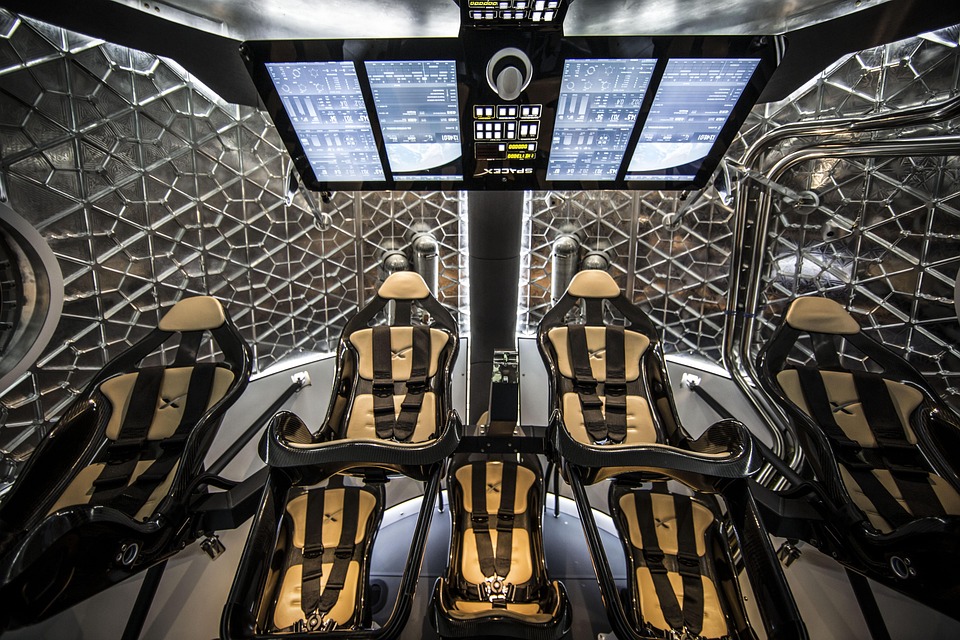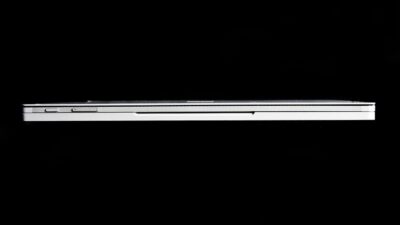The Race to Reusability: How SpaceX is Changing Rocket Economics
In recent years, the realm of space exploration has undergone a transformative shift, largely thanks to the pioneering efforts of SpaceX. Founded in 2002 by Elon Musk, this private aerospace manufacturer and space transportation company has leveraged innovation and disruptive technology to challenge the traditional paradigms of space travel. At the heart of its revolution is the concept of reusability—a game-changer in rocket economics that is redefining how we approach missions beyond Earth.
The Traditional Model of Space Travel
Historically, space missions were marred by exorbitant costs, primarily due to the expendable nature of rockets. Each launch required a brand-new vehicle, meaning billions were spent on materials, engineering, and labor, ultimately leading to high ticket prices for satellite deployments and space exploration missions. The most iconic example of this inefficiency is the Space Shuttle program, which, while groundbreaking, ultimately showcased the financial burdens tied to traditional methodologies.
The need for sustainable and cost-effective solutions became evident as global interest in space grew. Companies and governments alike sought to push the boundaries of exploration, but the prohibitive costs stood as a significant barrier.
Enter SpaceX and the Concept of Reusability
SpaceX revolutionized the industry when it introduced its Falcon 9 rocket, which incorporated an innovative design that allowed for the first stage to return to Earth and land safely post-launch. This cut costs dramatically, marking the first significant step toward making space travel economically viable.
The concept of reusability is not entirely new; NASA has long dreamed of it. However, SpaceX turned this dream into a reality through relentless testing, iterative design, and a willingness to embrace failure as a learning opportunity. The Falcon 9’s successful landings represent a paradigm shift, leading to substantial fiscal savings and an increase in launch frequency.
The Economic Implications
-
Cost Reduction: By reusing rockets, SpaceX can significantly lower the costs per launch. Estimates suggest that reusability can reduce launch costs by as much as 30-50%, a substantial figure that has attracted a wide array of commercial clients and even government contracts.
-
Access to Space: As launch prices drop, emerging economies and smaller players in the aerospace sector gain access to space. This democratization of space travel encourages innovation, competition, and collaboration on a global scale.
-
New Business Models: The reusability model has fostered new business opportunities and partnerships for SpaceX. Satellite companies are more willing to invest in launches knowing the cost can be spread across multiple missions, and with the advent of the Starlink satellite internet service, SpaceX is positioning itself to generate recurring revenue streams.
- Space Exploration: The reduced costs mean that NASA and other space agencies can allocate their budgets more efficiently, expanding their exploration missions to Mars, the Moon, and beyond. Lower launch costs open the door to diverse scientific missions that were previously too expensive.
Challenges Ahead
Despite its groundbreaking successes, SpaceX faces challenges. Reliability remains paramount in the aerospace sector, and the company must continuously ensure that its rockets meet safety standards. The operational complexities of refurbishing rockets and scaling up production must be managed carefully to maintain a competitive edge.
Furthermore, as competitors like Blue Origin and Rocket Lab enter the fray with their own reusable solutions, SpaceX must constantly innovate to stay ahead. These challenges, however, have not stymied their progress; rather, they have driven the company to continuously improve its technology and extend its capabilities.
The Future of Rocket Economics
The race to reusability is still in its infancy. As SpaceX continues to refine its methodologies, the implications for the economics of space travel are profound. We may one day see rockets that can be reused multiple times in rapid succession, akin to conventional airplanes. This would not only usher in an era of regular space travel but also reshape industries on Earth by facilitating global communication, improving climate science, and advancing our understanding of the universe.
Conclusion
SpaceX’s journey exemplifies the intersection of vision, technology, and economic pragmatism in the modern age of aerospace. The race to reusability has not only made space more accessible but has also set a new standard for what is achievable in the field. As the company blazes a trail forward, the effects of its innovations resonate across industries, reminding us that the final frontier is not just a destination but a burgeoning economic frontier that holds vast potential for human civilization.



